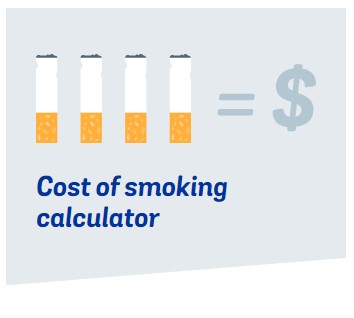People who smoke cigarettes become addicted to nicotine but it is the other components of cigarette smoke that damage your health.
- Nicotine activates an important group of nerve and brain receptors, producing many effects. Smokers say it gives them stress relief, improved mood and the ability to think or concentrate better. Because nicotine is rapidly absorbed from cigarette smoke, it gives instant effects.
- The addictiveness of nicotine is as strong as some ‘hard drugs’, it's just that the immediate effects are less extreme. About 4 out of every 5 smokers are addicted to nicotine. Smoking your first cigarette within 30 minutes of getting up in the morning is a sign of a high level of addiction to nicotine.
For regular smokers, the downside is that without nicotine, the opposite sensations (withdrawal effects) are experienced. These can start a few hours after the last cigarette and include:
- cravings for a cigarette
- feeling irritable, anxious or depressed
- difficulty concentrating
- difficulty sleeping
- a temporary increase in appetite, and weight gain.







